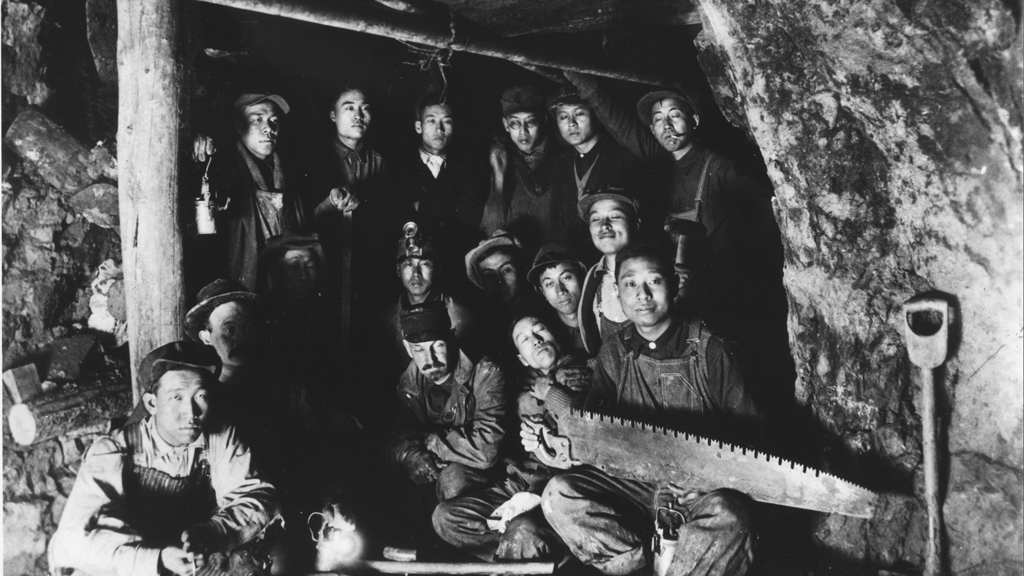In the 1800s, the Irish were a favorite target, and newspaper want ads commonly included the phrase “No Irish need apply.” Later in the 19th century, anti-immigration sentiment was codified in federal laws that singled out Asians. Subsequent federal laws targeted Italians and southern Europeans.
Total number of immigrants granted permanent U.S. residency, 1840-2015. Sources: Pew Research Center, U.S. Department of Homeland Security
Scholars have identified three waves of immigration: the first era, the second era and the current era. As the U.S. once again debates who should be let into the country, perhaps it’s time to review major immigration laws passed from 1870 to the present day. Some tried to bring order to the immigration process. Others aimed to keep out those perceived as un-American.
FIRST ERA
The ‘free white persons’ and Asian ‘coolies’
Poor and unskilled immigrants from Northern Europe and Asia poured into the United States in the mid-1800s. Most of the European immigrants were German and Irish, and under the law they were considered “free white persons” able to achieve citizenship.
Germany 4.2 million
Ireland 3.2
United Kingdom 2.5
Canada and British North America 1
Norway-Sweden 883,000
Citizenship wasn’t an option for the growing numbers of Chinese and Asian immigrants settling on the West Coast. A cheap source of labor for mines, farms and railways, the Chinese were called “coolies.” The word originally meant “unskilled laborer,” but became a slur hurled at workers who labored for low wages or came to the U.S. as indentured laborers. Chinese women were largely assumed to be prostitutes.
In Los Angeles, the backlash against Asians culminated in 1871 with the Chinese Massacre. A mob of more than 500 white men killed at least 18 Chinese men and boys near downtown. No one was ever convicted of the killings.
The growing animus against Asians across the country led to discriminatory laws that would remain on the books for decades.
Major immigration laws
Naturalization Act

Allowed African immigrants and African descendants to become U.S. citizens. Other nonwhite persons remained unable to obtain citizenship.
“[The Chinese] strengthened our nation’s infrastructure, only to be prosecuted when their labor was seen as competition and when the dirtiest work was done" — Rep. Mike Honda (D-San Jose), during debate in 2012 before the passage of House Resolution 683 expressing regret for the treatment of Chinese migrants
SECOND ERA
Southern Europeans not welcome
During the next wave of immigration, from the late 1800s to the 1920s, immigration laws continued to target Asians, but also tried to discourage immigration from Southern and Eastern Europe.
Roger Waldinger, a UCLA distinguished professor of sociology, said the laws passed during this era "set a low limit on total immigration from the Eastern Hemisphere and virtually stopped migration from Asia."
Italy 4.3 million
Austria-Hungary 3.7
Russia and Poland 3
Canada and British North America 1.7
United Kingdom 1.5
The poor, the sick and those espousing certain political beliefs were barred from entry into the U.S. under other new laws. Laws discouraging immigration from Southern Europe — mainly from Italy — reflected widespread anti-Catholic sentiment. Italians were frequent targets of abuse and one of the most infamous mass lynchings in U.S. history occurred in New Orleans, where 11 Italians were attacked and killed by a mob in 1891.
After World War I, immigration decreased dramatically with the passage of more restrictive legislation. Permanent residency status grants went from 1.2 million in 1914 to a little more than 110,000 in 1918.
https://www.latimes.com/projects/la-...ration-trends/